-
Troppo Plant & Garden Articles
- Delicious Recipes
- TROPPO’s Food Forest in Te Puke, BOP (www,foodforest.org.nz)
- Troppo’s Plant Collection
- TROPPO's Nursery Directory
- Food Forests of New Zealand (www.foodforests.nz)
- Nursery Map - Plant Suppliers of NZ Directory (www.nurserymap.nz)
- Kids Garden Corner
- New Zealand Garden Bird Survey
- New Zealand Garden Groups
Eggplant Growing Guide for New Zealand: From Seedling to Scrumptious! 🍆🌿

Welcome to the ultimate guide to growing eggplants in New Zealand! Whether you call them eggplants or aubergines, these versatile and delicious vegetables are a fantastic addition to any garden. With their glossy purple skin and rich, savory flavor, eggplants can elevate your culinary creations and add a touch of elegance to your garden. Let’s dive into this comprehensive and fun guide to help you grow eggplants that are as beautiful as they are tasty! 🌟🍆
Why Grow Eggplants? 🌿
Eggplants are not only a feast for the eyes but also a culinary delight. They’re incredibly versatile in the kitchen, perfect for grilling, roasting, and even making into delicious dips like baba ganoush. Plus, they’re packed with nutrients and antioxidants. Growing your own eggplants means you’ll always have a fresh supply of this fabulous vegetable right at your fingertips! 🌞🍽️
Choosing the Right Eggplant Varieties 🌿
Before you start planting, choose the eggplant varieties that best suit your taste and garden space. Here are some popular types to consider:
- Black Beauty: The classic large, dark purple eggplant that’s perfect for all your favorite recipes. 🍆
- Long Purple: A slender, elongated variety with tender flesh, ideal for stir-fries and grilling. 🍆
- Fairy Tale: Small and striped, these mini eggplants are sweet, creamy, and perfect for roasting. 🍆
- Rosa Bianca: A beautiful heirloom variety with round, light purple fruits and a mild, creamy flavor. 🍆
- Japanese Eggplant: Known for their long, slender shape and thin skin, these eggplants are perfect for quick cooking. 🍆
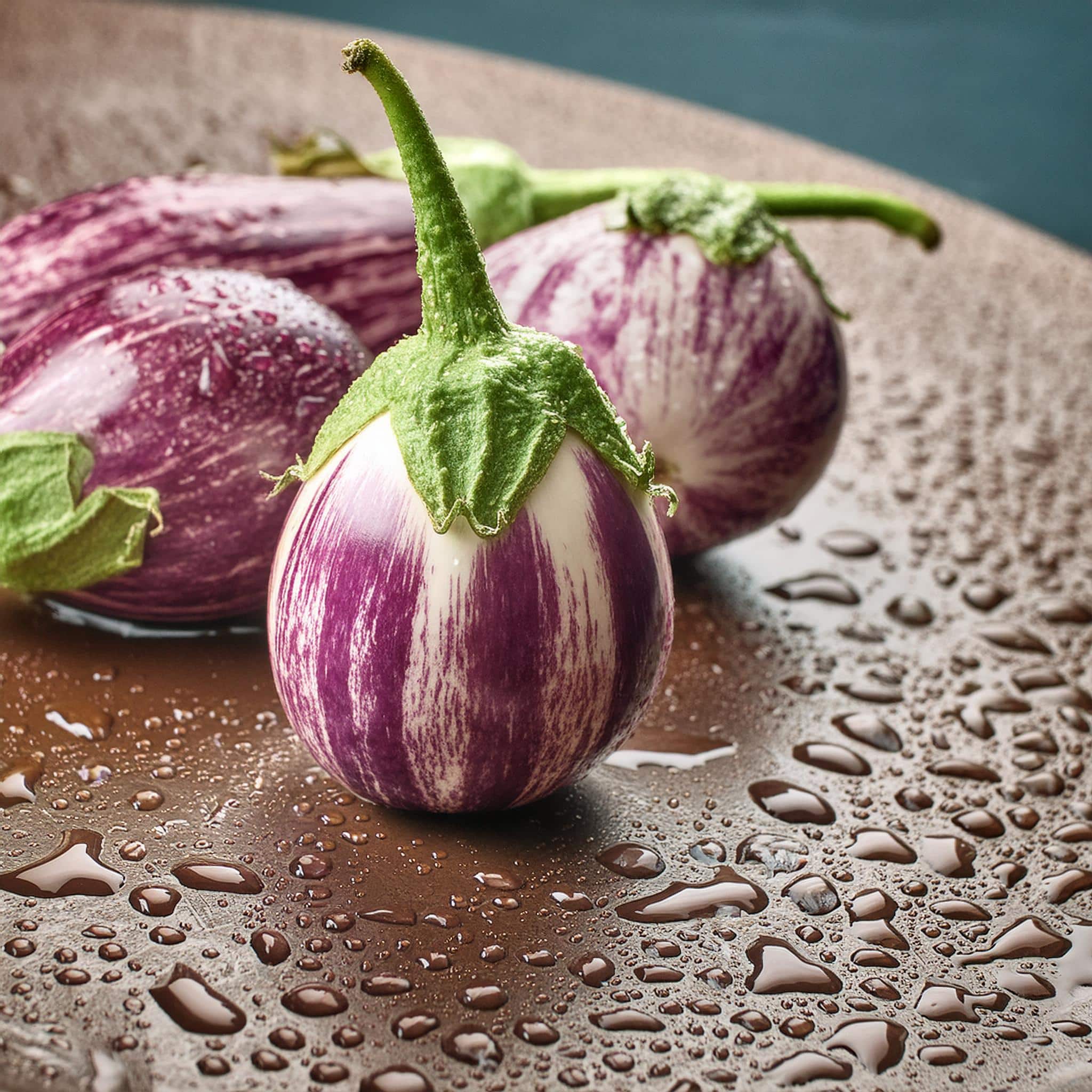 Planting Your Eggplants 🌱
Planting Your Eggplants 🌱
Once you’ve selected your varieties, it’s time to plant your eggplants. Follow these steps to get started:
1. Start Indoors 🌿
Eggplants need a long, warm growing season, so it’s best to start seeds indoors 8-10 weeks before the last frost date. Sow seeds in seed trays or pots, about 0.5 cm deep in a warm, bright spot. Use a seedling heat mat if necessary to keep the soil temperature around 25°C. 🌱
2. Transplanting Outdoors 🌞
Once the seedlings have grown 15-20 cm tall and the risk of frost has passed, it’s time to transplant them outdoors. Choose a sunny spot in your garden that gets at least 6-8 hours of direct sunlight daily. Space your eggplants 60-90 cm apart to give them room to grow. 🌤️
3. Soil Preparation 🌱
Eggplants thrive in rich, well-draining soil. Before planting, mix in plenty of compost or well-rotted manure to boost soil fertility. Aim for a slightly acidic to neutral pH (6.0-7.0). If your soil is heavy or clayey, consider planting in raised beds or large containers. 🌿
4. Planting and Watering 🌧️
Plant your eggplants deeply to encourage strong root growth. Water them thoroughly after planting to help them settle in. Keep the soil consistently moist but not waterlogged. Using mulch around the plants can help retain moisture and suppress weeds. 💧
Caring for Your Eggplants 🌿
With a bit of care, your eggplants will flourish and produce an abundant harvest. Here’s how to keep them happy and healthy:
1. Feeding for Growth 🌱
Eggplants are heavy feeders, so they’ll benefit from regular feeding. Use a balanced fertilizer or compost tea every 2-3 weeks during the growing season. Side-dress with additional compost or manure mid-season to keep the plants vigorous. 🌿
2. Supporting Your Plants 🌿
As eggplants grow, their stems can become heavy with fruit. Use stakes or cages to support the plants and prevent them from toppling over. Tie the stems gently to the supports with soft ties or garden twine. 🌟
3. Pest and Disease Management 🐞
Keep an eye out for common pests like aphids, flea beetles, and spider mites. Use organic pest controls or insecticidal soap to manage infestations. Watch for signs of disease, such as wilt or rot, and ensure good air circulation around the plants to prevent problems. 🐛
4. Pruning and Pinching 🌿
Pinch off the growing tips of your eggplants when they reach about 30 cm tall to encourage bushier growth. Remove any suckers (side shoots) that develop between the main stem and leaves to focus the plant’s energy on producing fruit. 🌿
Harvesting Your Eggplants 🍆
The moment you’ve been waiting for – harvesting your beautiful eggplants! Here’s how to know when they’re ready to pick:
1. Timing the Harvest ⏰
Eggplants are usually ready to harvest 60-80 days after transplanting. They should be firm, shiny, and of a deep, rich color. Use a sharp knife or scissors to cut the fruit from the plant, leaving a small stem attached. 🍆
2. Enjoy the Bounty 🌿
Pick your eggplants regularly to encourage continuous production. They’re best used fresh but can also be stored in a cool, dry place for a few days. Enjoy them grilled, roasted, in curries, or even as a delicious addition to salads. 🍽️
Top Tips for Eggplant Growing Success 🌟
- Start Early: Get a head start by starting your seeds indoors. This ensures a long growing season and a plentiful harvest. 🌿
- Use Mulch: Mulching helps retain soil moisture, suppress weeds, and keep the soil temperature stable. It’s a win-win for your eggplants! 🌱
- Rotate Your Crops: Avoid planting eggplants in the same spot each year to reduce the risk of soil-borne diseases. Rotate with other crops like beans or greens. 🌿
- Companion Planting: Plant eggplants alongside herbs like basil or marigolds to deter pests and boost growth. Avoid planting near potatoes or fennel. 🌼
- Experiment and Have Fun: Try growing different varieties or experimenting with new cooking methods. Gardening is all about enjoying the process and the delicious results! 🍆
With these tips and a bit of TLC, you’ll be on your way to growing a bountiful crop of delicious, homegrown eggplants. Happy gardening and enjoy your eggplant adventures! 🍆🌿

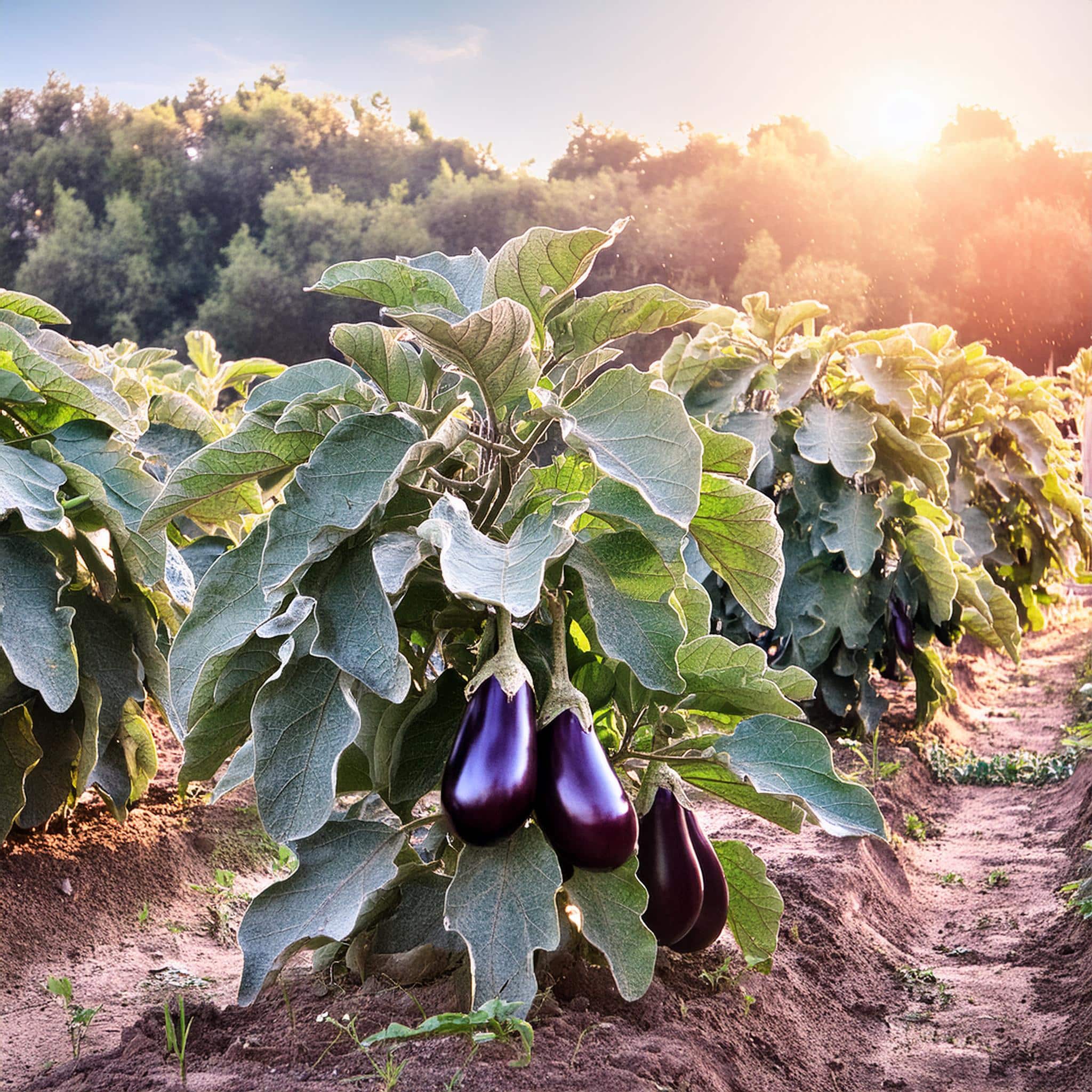



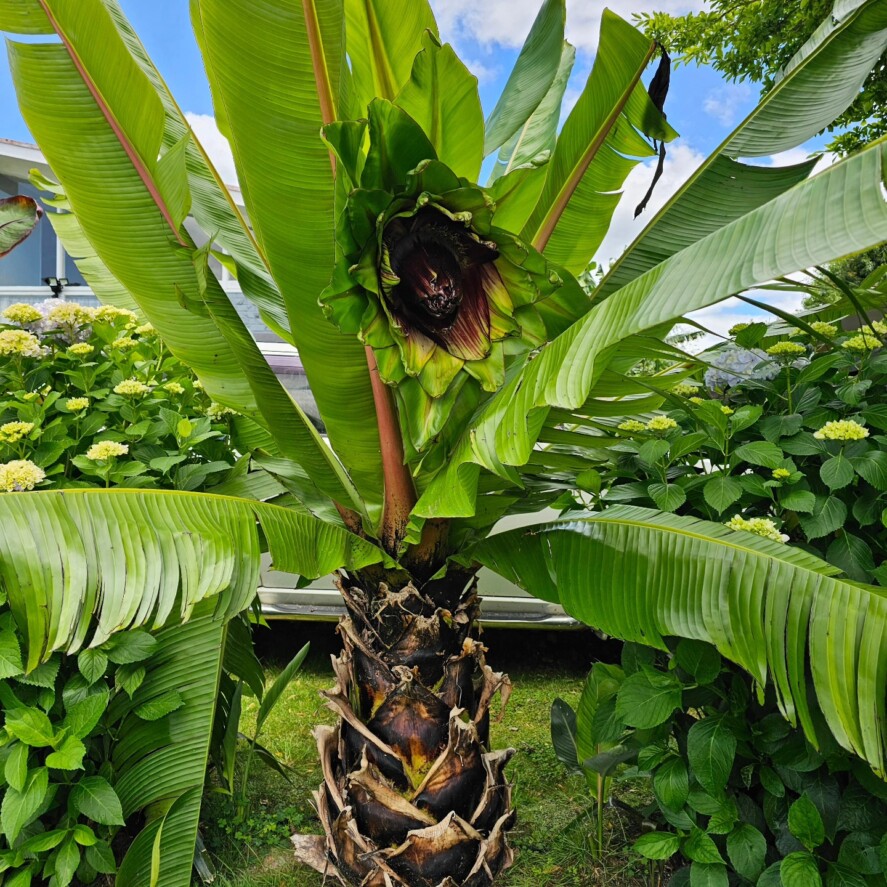
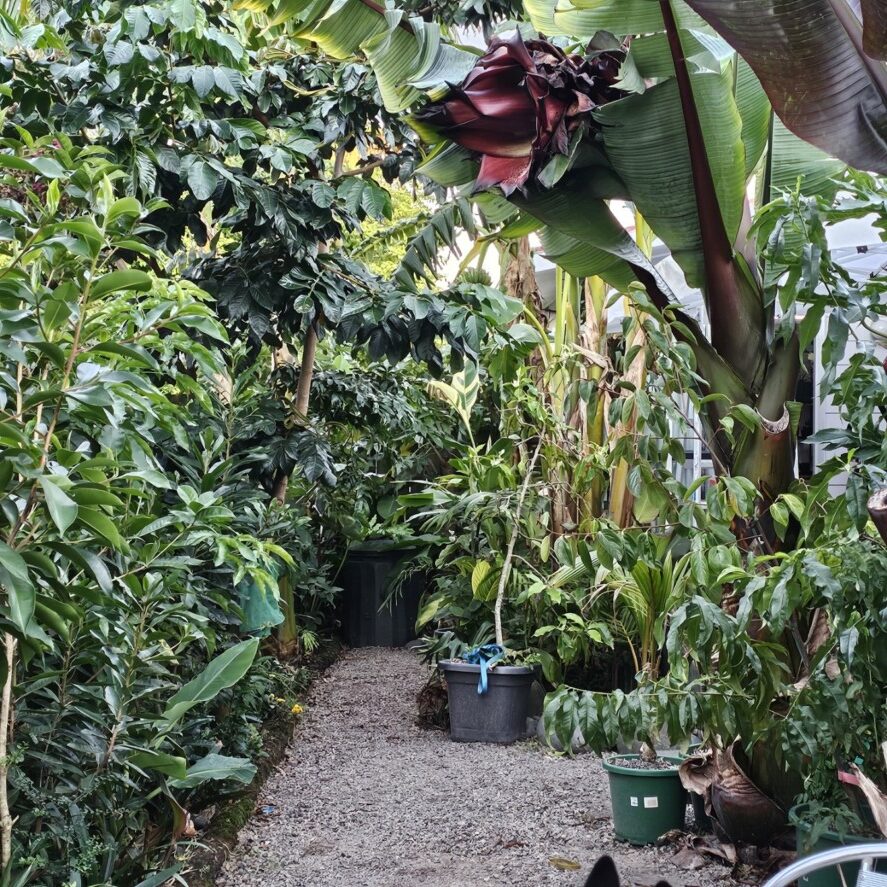
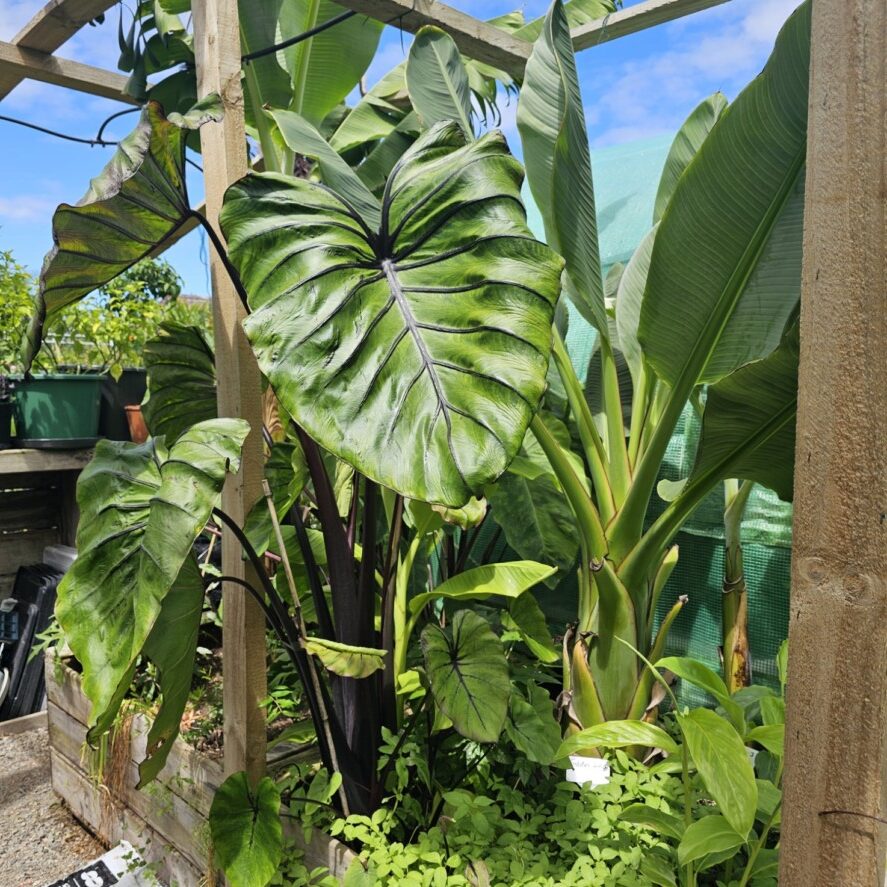
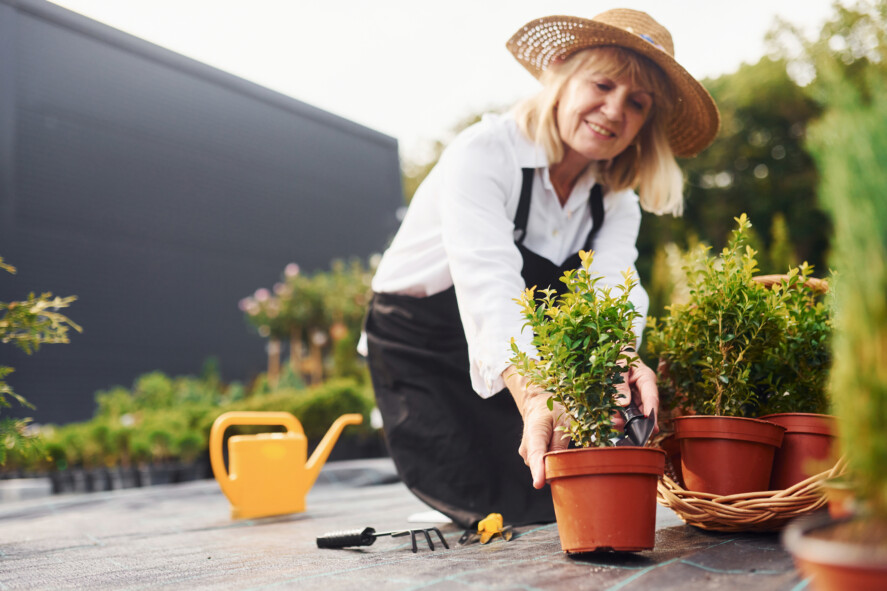




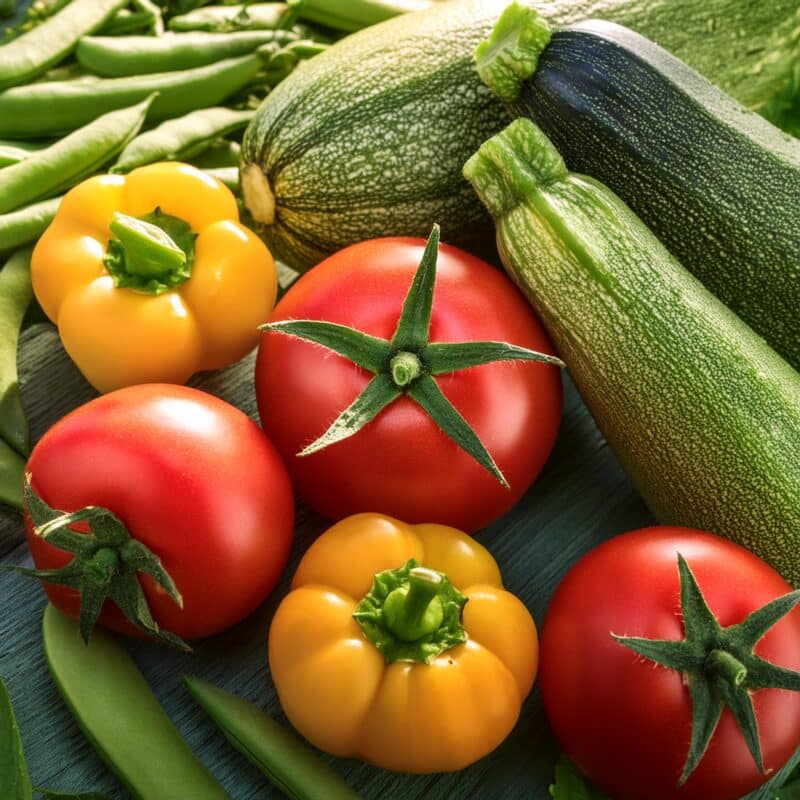


The guide’s emphasis on consistent care, like feeding and supporting the plants, seems crucial for a successful eggplant harvest. I’ll definitely keep this in mind.
The advice on starting seeds indoors and transplanting them outdoors is very useful. It gives a clear timeline and specific conditions to follow.
This article provides a very detailed guide on growing eggplants. It seems like a great resource for both beginners and experienced gardeners. Thanks for sharing!
The step-by-step instructions for planting and caring for eggplants are quite helpful. I appreciate the tips on pest management and soil preparation.
I found the section on choosing eggplant varieties very informative. It’s good to know the different types and their best uses in cooking.